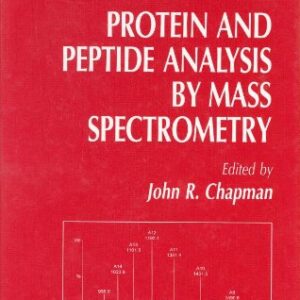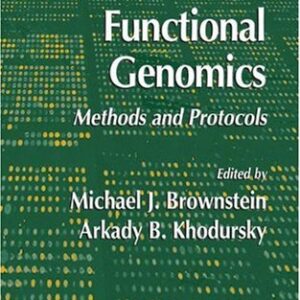Volume 1
Methods and Applications of Statistics in Clinical Trials, Volume 1: Concepts, Principles, Trials, and Designs successfully upholds the goals of the Wiley Encyclopedia of Clinical Trials by combining both previously-published and newly developed contributions written by over 100 leading academics, researchers, and practitioners in a comprehensive, approachable format. The result is a succinct reference that unveils modern, cutting-edge approaches to acquiring and understanding data throughout the various stages of clinical trial design and analysis.
Volume 2
Featuring newly-written material as well as established literature from the Wiley Encyclopedia of Clinical Trials, this book provides a timely and authoritative review of techniques for planning clinical trials as well as the necessary inferential methods for analyzing collected data.
This comprehensive volume features established and newly-written literature on the key statistical principles and concepts for designing modern-day clinical trials, such as hazard ratio, flexible designs, confounding, covariates, missing data, and longitudinal data. Examples of ongoing, cutting-edge clinical trials from today’s research such as early cancer & heart disease, mother to child human immunodeficiency virus transmission, women’s health initiative dietary, and AIDS clinical trials are also explored.
Content:
Chapter 1 Introductory Address (pages 1?11): R. M. Cook
Chapter 2 The Principal Cites of Southern Etruria and their Special Characteristics (pages 12?23): G. Foti
Chapter 3 Etruscans and Umbrians (pages 24?28): Umberto Ciotti
Chapter 4 Archaeological Evidence for the Origin of the Etruscans (pages 29?47): Hugh Hencken
Chapter 5 From the Villanovan Civilization to That of the Etruscans (pages 50?55): R. Bloch
Chapter 6 Oriental Characteristics of the Etruscan Religion (pages 56?63): A. Piganiol
Chapter 7 The Scientists’ Contributions to Etruscology (pages 64?74): A. Neppi Mdona
Chapter 8 Future Research on the Origin of the Etruscans (pages 75?88): Luisa Banti
Chapter 9 Historical Method and the Etruscan Problem (pages 89?92): J. B. Ward Perkins
Chapter 10 Movements of Populations in Etruria Since the Beginning ofthe Roman Republic (pages 93?109): D. A. Bullough
Chapter 11 The Principle of Ethnic Substratum. Traces of Etruscan in Tuscan Dialects (pages 110?117):
Chapter 12 The Evaluation of Metrical Data in the Comparison of Ancient and Modern Bones (pages 131?161): N. A. Barnicot and D. R. Brothwell
Chapter 13 The use of Genetical Characters as Indices of Population Distribution (pages 162?169): A. E. Mourant
Chapter 14 Blood Groups and Haematological Data as a Source of Ethnicinformation (pages 177?188): R. Ceppellini
Chapter 15 Distribution of Blood Groups in Italy (pages 189?204): G. Morganti
Chapter 16 Effect of a Single Gene Difference on the Pattern of Some Physical Measurements (pages 205?219): M. Siniscalco, G. Montalenti, E. Silvestroni and I. Bianco
Chapter 17 Distribution of Serum Haptoglobin Types in Some Italian Populations (pages 220?245): H. Harris, Elizabeth B. Robson and M. Siniscalco

![[PDF] Ciba Foundation Symposium - Medical Biology and Etruscan Origins](https://pdfelite.com/wp-content/uploads/2024/04/f9cd559d74392c5bfe432416d7566702-d.jpg)




Reviews
There are no reviews yet.